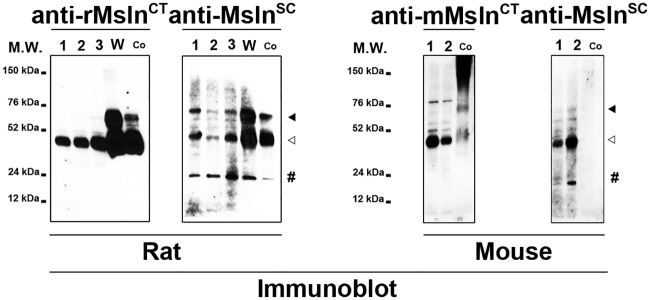Fig 4. Immunoblot analysis of Msln expression in murine liver myofibroblasts.
LEFT PANEL. Protein extracts from immortalized rat activated liver RGF (1), and RGF-N2 (2) portal fibroblasts, rat activated liver HSC-T6 hepatic stellate cells (3), COS7 cells transfected with clone W plasmid DNA (W), and COS7 cells transfected with full-length rat Msln ORF cDNA clone (Co, used as positive control) were immunoblotted with anti-rMslnCT and anti-MslnSC antibodies. The anti-rMslnCT antibody detects the rat Msln mature form (empty arrowhead, approximately 40 kiloDaltons) in all samples, and the uncleaved form (black arrowhead, slightly under 76 kiloDaltons) in both transfected COS7 samples. The anti-MslnSC antibody detects rat Msln uncleaved and mature forms. An additional band (pound, approximately 20–30 kiloDaltons), purportedly Mpf, is also observed in all wells. RIGHT PANEL. Protein extracts from immortalized mouse activated Col-GFP and JS1 hepatic stellate cells, and 293T cells transfected with full-length mouse Msln ORF cDNA clone (Co, used as positive control) were immunoblotted with anti-mMslnCT and anti-MslnSC antibodies. The anti-mMslnCT antibody detects both mouse Msln uncleaved (black arrowhead, approximately 76 kiloDaltons) and mature (empty arrowhead, approximately 40 kiloDaltons) forms in all samples, while the anti-MslnSC antibody only recognizes the mature form. The anti-MslnSC antibody also identifies an additional band (pound, approximately 20–30 kiloDaltons), purportedly Mpf, can be seen in the JS1 sample, but does not recognize the positive control sample. M.W., molecular weight; kDa, kiloDaltons.

